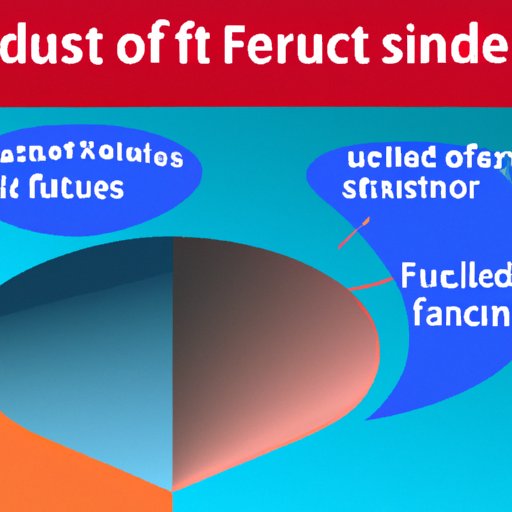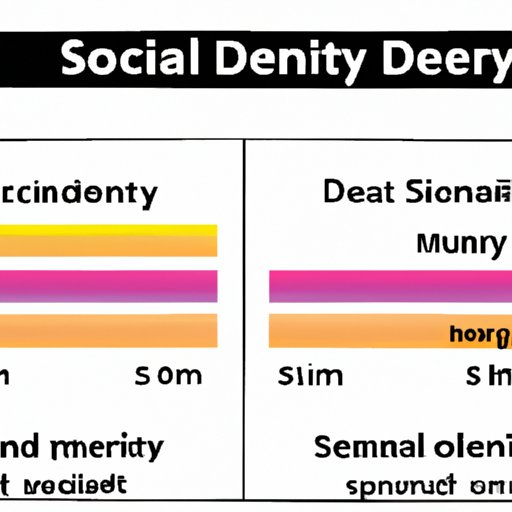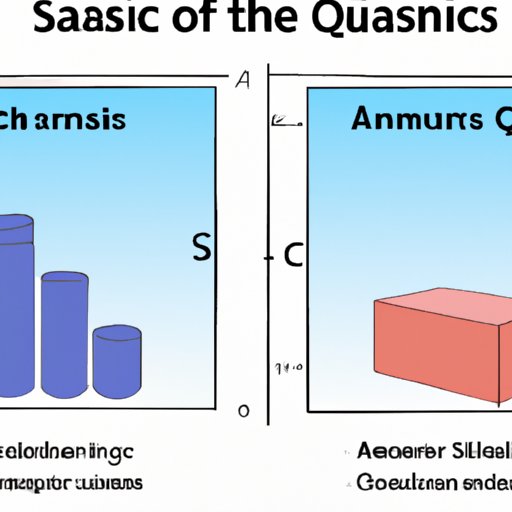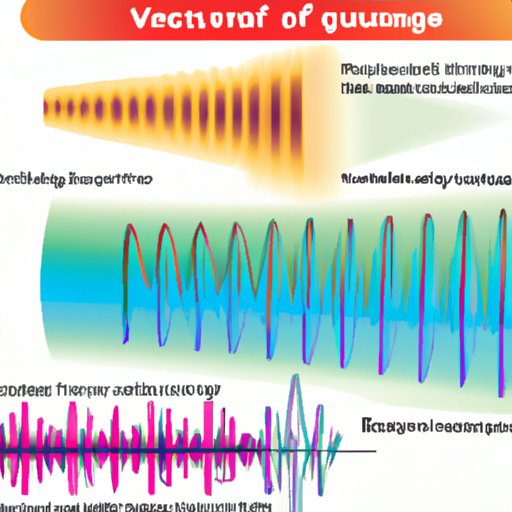Introduction
Sound is a type of energy that travels in waves, created when something vibrates, such as a guitar string or a speaker cone. It is made up of mechanical vibrations that propagate through a medium, such as air, water, or a solid object. The speed of sound depends on the physical properties of the medium it is travelling through, with the speed being greater in solids than in gases.
In this article, we will explore why does sound travel faster in solids than in gases. We will investigate the physical properties of sound in gases and solids, examine the physics behind why sound travels quicker through solids, see how density affects the speed of sound in different media, compare the acoustic characteristics of gases and solids, and look at the role of temperature and pressure on sound velocity.
Investigating the Physical Properties of Sound in Gases and Solids
When sound waves travel through a medium, they are known as wave propagation. This involves the transfer of energy from one point to another without any actual movement of the medium itself. Wave propagation can be described using two parameters: frequency and wavelength. Frequency is the number of times a wave passes a given point in a second, measured in Hertz (Hz), while wavelength is the distance between two points of a wave that have the same phase, measured in metres (m).
The speed of sound in gases and solids depend on the medium’s physical properties, such as its density, temperature, and pressure. In general, sound travels fastest through solids, followed by liquids, then gases. For example, the speed of sound in air at sea level is about 343 m/s, while in steel it is around 5000 m/s. This means that sound travels nearly 15 times faster through steel than air.

The Physics Behind Why Sound Travels Faster Through Solids
Sound travels faster through solids because of the way the material vibrates. When a sound wave strikes a solid object, the molecules in the object vibrate. These vibrations create an increase in pressure that is transmitted through the object. The more densely packed the molecules are, the more quickly the pressure is transmitted, and the faster the sound travels.
In addition, solids are much more elastic than gases. This means that they are able to absorb and release energy more readily, allowing them to transmit sound waves faster than gases. Furthermore, the compression and rarefaction of air molecules is slower in solids than in gases, which also contributes to the higher speed of sound in solids.

How Density Affects the Speed of Sound in Different Media
The density of a medium affects the speed at which sound travels through it. The denser the medium, the faster sound travels. To illustrate this, consider the difference between the speed of sound in air and steel. Air is much less dense than steel, so sound travels faster through steel than air.
Temperature and pressure also affect the speed of sound in different media. As temperature increases, the speed of sound increases. Similarly, as pressure increases, the speed of sound also increases. Both of these factors contribute to the difference in speed between sound in gases and solids.

Comparing the Acoustic Characteristics of Gases and Solids
The acoustic characteristics of gases and solids also differ. Sound waves in gases tend to be reflected, refracted, and absorbed more easily than those in solids. This is due to the fact that gases are more compressible and have lower densities than solids. Additionally, gases are more prone to diffraction and interference than solids.
Examining the Role of Temperature and Pressure on Sound Velocity
Temperature and pressure play a major role in determining the speed of sound in different media. As temperature increases, the speed of sound increases. This is because hotter air molecules move faster and create more pressure, resulting in faster sound waves. Similarly, as pressure increases, the speed of sound also increases.
Humidity also affects the speed of sound. Higher levels of humidity slow down sound waves, as the water molecules in the air absorb some of the energy from the sound wave. This has the effect of reducing the speed of sound.
Conclusion
In conclusion, sound travels faster through solids than through gases due to the physical properties of the medium, such as its density, temperature, and pressure. Solids are much more elastic than gases, allowing them to absorb and release energy more quickly. Additionally, compression and rarefaction of air molecules is slower in solids than in gases, contributing to the higher speed of sound in solids. Temperature and pressure also affect the speed of sound in different media, with higher temperatures and pressures resulting in faster sound waves. Finally, humidity has the effect of slowing down sound waves.
These findings have important implications for sound engineering and design. Understanding the physics of sound and how different media interact with it can help engineers create better acoustic systems and environments.
(Note: Is this article not meeting your expectations? Do you have knowledge or insights to share? Unlock new opportunities and expand your reach by joining our authors team. Click Registration to join us and share your expertise with our readers.)
